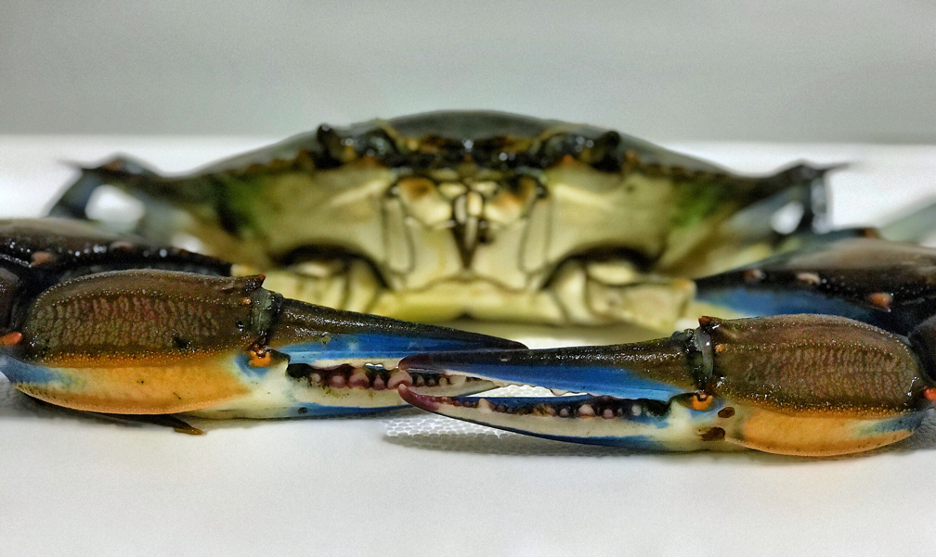
Glamuzina, the professor, says some crabs might be sold to the big luxury hotels for foreign tourists, but there isn't enough to make exporting it financially viable. "As far as I know, no restaurant or tavern in the Neretva area has offered it yet." Blue crabs live up and down the Atlantic Coast and in the Gulf of Mexico and are caught by both commercial.

"It will never become part of our cuisine because it's too alien of a species to us." The blue crab is a highly sought-after shellfish. Pavo Jerkovic is a restaurant owner on the river. Making matters worse: Croatians simply don't want to eat the crabs, either. Glamuzina says about 50 years ago the local fishermen would catch about 150 tons of eels annually. The crabs have upset the food chain for the eels.

The Neretva river eel was already in decline due to loss of their habitat, but the crabs have dealt a major blow, if not the final blow. In 2016 there were the first serious catches of them. And then a need arose to catch them commercially, and a need to control them, because they do huge damage to the fish and shellfish population. Directions Step 1 Combine 1/2 cup seafood seasoning, salt, beer, and vinegar in a large stockpot over high heat. "The blue crab showed up sporadically, but around 2016 they appeared in big numbers. It supports large valuable commercial and recreational fisheries in the temperate areas of the Atlantic and Gulf coasts of the USA (Texas, Florida, Louisiana, New York, New Jersey). It's where Game of Thrones was filmed, known for its beautiful mountains, gorgeous Mediterranean beaches, old towns, seafood.īut there's an unwelcome addition to the seafood that hasn't gone down well there: blue crabs.Ītlantic blue crabs, which are an iconic food item across the American eastern seaboard, cropped up in Croatia as an invasive species about 20 years ago.Īnd now, the locals say the crabs are wiping out their own food delicacy: a type of eel.īranko Glamuzina is a professor of aquaculture at Croatia's Dubrovnik University. The blue crab, Callinectes sapidus, is of major interest to fisheries in the tropical and subtropical waters of the Western Atlantic. Picturesque Croatia is one of Europe's many tourism hotspots.


 0 kommentar(er)
0 kommentar(er)
